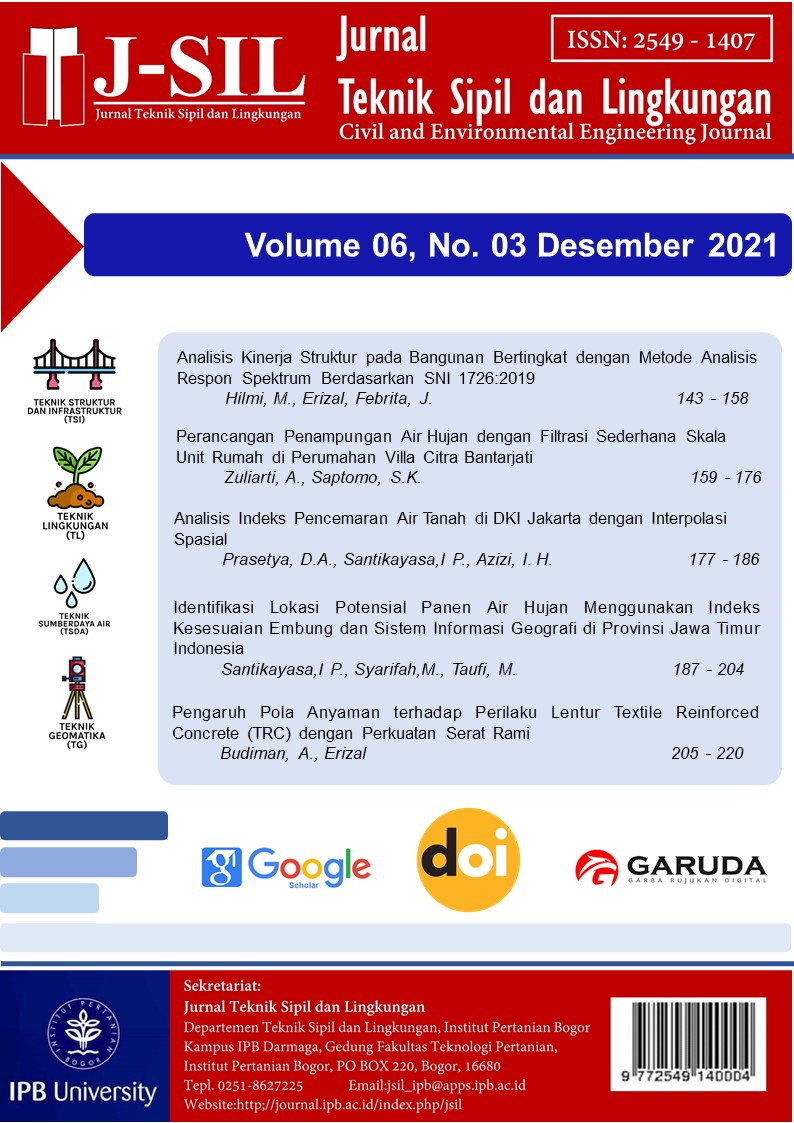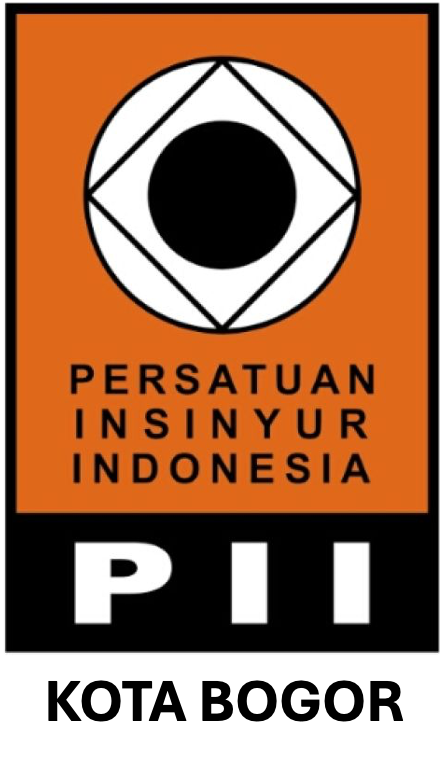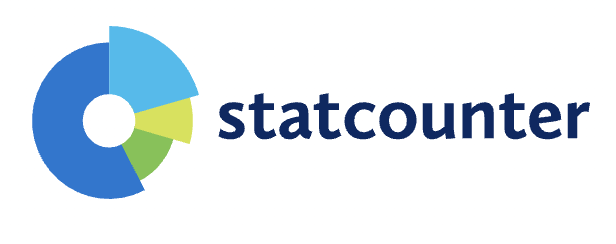Analisis Indeks Pencemaran Airtanah di DKI Jakarta dengan Interpolasi Spasial
Analysis of Groundwater Pollution Index in DKI Jakarta using Spatial Interpolation
Abstract
Everyone needs water to his life and his activity. Groundwater pollution is one of the problems in Indonesia. The increasing number of the show an increase water needs. They were filled with groundwater needs. There has been decreasing groundwater that is occupied in quantity and quality. The research was done in Jakarta, consisting of 42 sub-district. Research takes into account the condition of the dry season. Uses index research quality of groundwater pollution. Monitoring parameter groundwater consisting of physics, chemical and biology paramater. The research consists of determining the pollution index in Jakarta, analysis of groundwater pollution, and predicted entanglement with an index pollution population density. The research uses spatial interpolation to determine locations. Pollution index calculation used calculation storet. The measurement results in the rate used in the analysis index groundwater pollution. The research results obtained index value has increased pollution are on the north and central of Jakarta. The research results obtained East Jakarta having the condition geology that porous. The value of the groundwater pollution index was in north Jakarta. The results of the study indicated by a map pollution index the quality of groundwater during three periods. Index pollution in Jakarta consisting of pollution until the same as the quality standard. Research shows the absence of correlation with the population with the pollution groundwater quality.
Downloads
References
[Permen RI] Nomor 32 Tahun 2017 Tentang Standar Baku Mutu Kesehatan Lingkungan Dan Persyaratan Kesehatan Air Untuk Keperluan Higiene Sanitasi, Kolam Renang, Solus Per Aqua, Dan Pemandian Umum
Erwandha,Reza. 2021. Ex-Poste Study of Jakarta Flood Disasters from 2000 until 2019. Journal of Global Environmental Dynamics (JGED).Volume 2. 13-18.
Federica,Remondi.,Paolo,Burlando.,Derek,Vollmer. 2016. Exploring the hydrological impact of increasing urbanisation on a tropical river catchment of the metropolitan Jakarta, Indonesia. Elsevier. Volume 20.210-221
Hamidi, R., Furqon, M. T., dan B. Rahayudi. 2017. Implementasi Learning Vector Quantization (LVQ) untuk Klasifikasi Kualitas Air Sungai. Jurnal Pengembangan Teknologi Informasi dan Ilmu Komputer. 1(12): 1758-1763
Hamuna, B., Tanjung, R. H. R., Suwito, Maury, S. H. K., dan Alianto. 2018. Kajian Kualitas Air Laut dan Indeks Pencemaran Berdasarkan Parameter Fisika-Kimia Di Perairan Distrik Depapre, Jayapura. Jurnal Ilmu Lingkungan. 16(1): 35-43.
Hefni, Efendi. 2016. River Water Quality Preliminary Rapid Assessment Using Pollution Index.Elsevier.Volume 33.562-567
Karamouz, K. 2011. Grounwater Hidrology. Engiinering, Planing and Management.New York.CRC-Press
Prasetya,D.A. 2016. Prediksi Cadangan Air tanah Di Daerah Aliran Sungai Cisadane. Tesis Fakultas Teknologi Pertanian.IPB.
Quener, E.P. 2001. The Effect of Human Interventions on Groundwater Recharge. on Groundwater Dinamics. Proceeding of Sixth IAHS Scientific Assembly, July Paper in Impact of Human Activity 2001, Maastrict, Netherland. IAHS Publ. 269 : 59-56.
Setyaningrum, D. and L.. A. Rahmawati. 2020. Analisis Kualitas Air di Daerah Aliran Sungai Bengawan Solo Wilayah Kabupaten Bojonegoro. Samakia: Jurnal Ilmu Perikanan. 11(1): 1-9.
Youn, ShikPark.,Bernie, A Engel. 2015. A Web Tool for STORET/WQX Water Quality Data Retieval and Best Management Practice Scenario Suggestion. Elsevier. Volume 150. 21-27.
Wibisono,AT. 2021. Water Pollution Identification and Mitigation at Several Points of Bengawan Solo River. Journal of Global Environmental Dynamics (JGED).Volume 2. 1-3
Copyright (c) 2021 J-Sil (Jurnal Teknik Sipil dan Lingkungan)

This work is licensed under a Creative Commons Attribution-NonCommercial-NoDerivatives 4.0 International License.
Authors who publish with Jurnal Teknik Sipil dan Lingkungan, JSIL agree to the following terms:
a. Authors retain copyright and grant the journal right of first publication with the work simultaneously licensed under a Creative Commons Attribution License that allows others to share the work with an acknowledgment of the work's authorship and initial publication in this journal.
b. Authors are able to enter into separate, additional contractual arrangements for the non-exclusive distribution of the journal's published version of the work (e.g., post it to an institutional repository or publish it in a book), with an acknowledgment of its initial publication in this journal.
c. Authors are permitted and encouraged to post their work online (e.g., in institutional repositories or on their website) prior to and during the submission process, as it can lead to productive exchanges, as well as earlier and greater citation of published work (See The Effect of Open Access).











